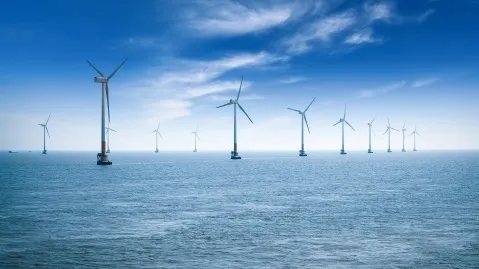
Japan’s renewable capacity to increase 46GW by 2026: IEA
This will be led by solar photovoltaics and wind power.
Japan’s renewable capacity is expected to increase by 35% or 46 gigawatts (GW) from 2021 to 2026, driven by capacity growth in solar photovoltaics and wind, the International Energy Agency (IEA) said.
According to IEA’s Renewables 2021 report, the main forecast is revised upwards by almost 20% from last year because of the higher renewable electricity targets under Japan’s new Strategic Energy Plan and the remaining large feed-in-tariff (FiT) project pipeline composed mostly of solar and wind.
However, Japan’s renewable capacity growth is seen to slow down over the forecast period compared to the previous five years despite higher targets and upward revision.
“This is mainly due to a lower FIT pipeline of utility-scale and distributed PV projects for commissioning over 2024-2026. Still, the majority of solar PV expansion over the forecast period will be led by the commissioning of previously approved FIT capacity in addition to auction projects,” the report read.
Meanwhile, Japan’s wind capacity is expected to add 8GW over the forecast period, “almost tripling the cumulative wind capacity by 2026,” due to the commissioning of FiT-approved onshore wind projects which is rushing to meet a completion of project for the deadline.
Grid connection and environmental permitting were still the key challenges, it said.
Offshore wind capacity is expected to reach 1.5GW during the forecast period despite being at the early stage of development as it is supported by the government’s target for offshore wind deployment and other measures which include a FiT and sea area designation for construction, according to IEA.
The agency added that in an accelerated case, the renewables capacity growth could be around 30% higher than the main case but it will need higher completion rate of already approved FiT projects as well as smooth transition to the feed-in-premium scheme, to enable more solar capacity to become operational.
Onshore wind would need faster permitting and grid connection to allow more growth, it said.











 Advertise
Advertise











